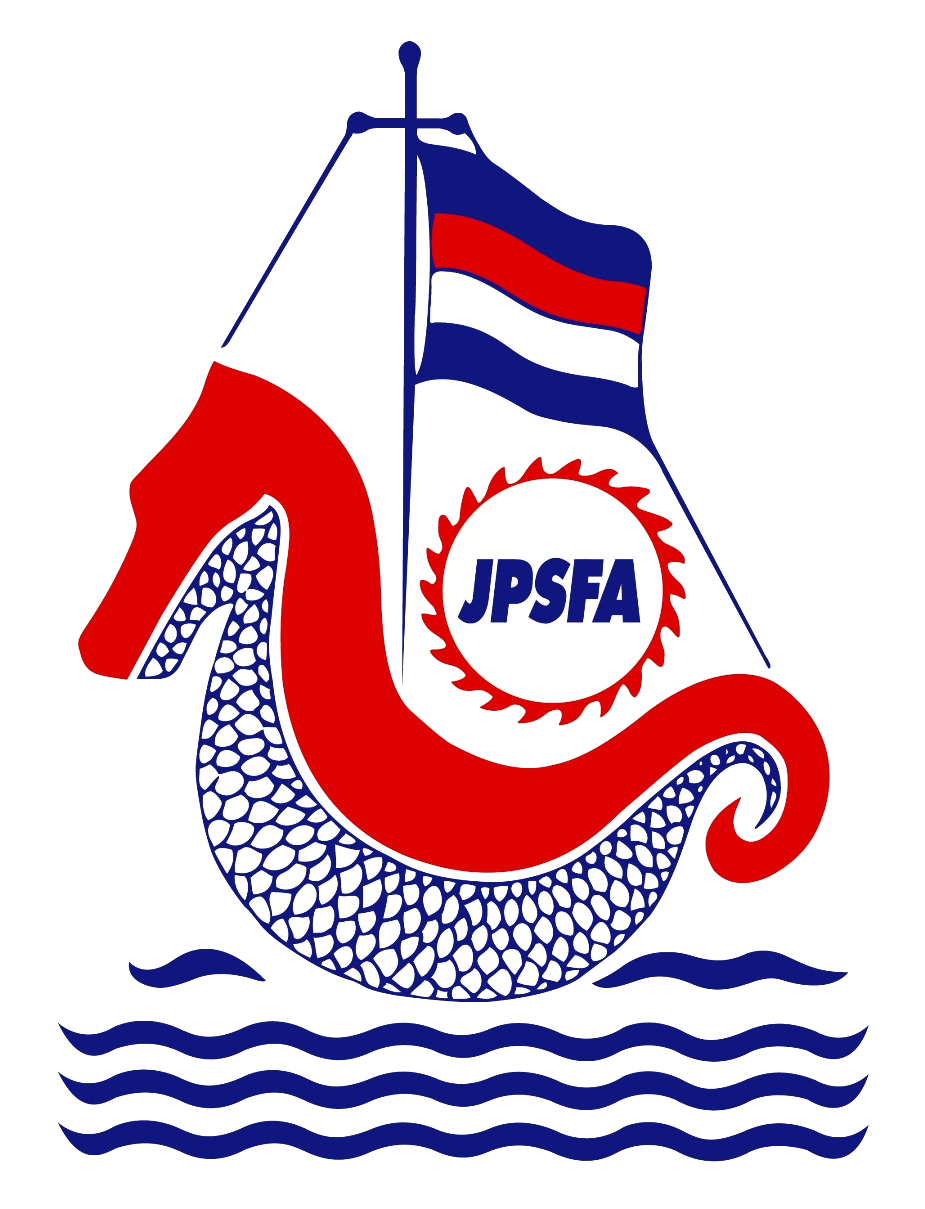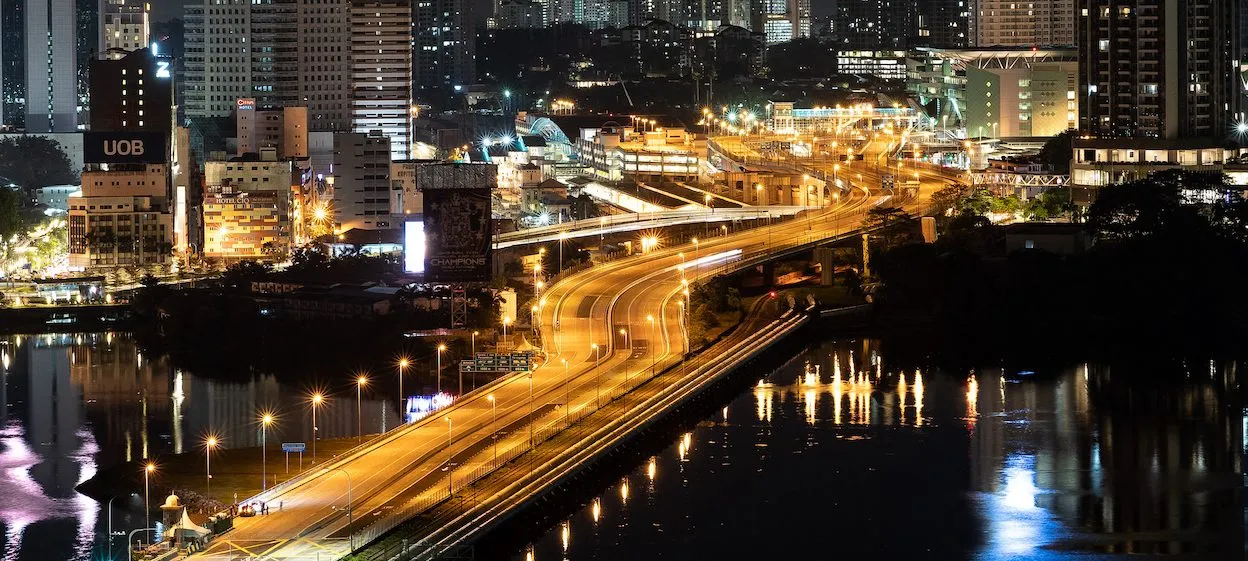he land connection that links Singapore to Johor is now one hundred years old. The Causeway has had an eventful century, as it witnessed the passing of the steamship era, survived the travails of World War II, and accompanied both Malaysia and Singapore to independence.
Although it was soft-launched for rail-based mail and passenger services in late 1923, the Causeway was only officially opened on 28 June 1924. On that day, Laurence Guillemard, the Governor of the Straits Settlements and High Commissioner of the Federated Malay States (FMS) and Sultan Ibrahim Al-Masyhur of Johor, celebrated the opening of the road on the Causeway. The event was a major affair, attended by 400 people including Malay sultans, civil servants, and prominent businesspeople. Ships on the Johor Strait were decked out, three amphibious planes flew overhead, and troops from Singapore, Hong Kong, and Johor fired a 17 gun salute. Following the first ceremony held in Johor, the Sultan drove Guillemard across the Causeway in his car to the second ceremony in Singapore.
Since that date, the Causeway has enabled travel and connectivity between Singapore and Peninsular Malaya, and many destinations beyond. While its transformative potential is far-reaching, it is easy to overlook. As the Causeway begins its second century, it is worth looking at why it was built, taking stock of the role it plays in our lives, and exploring some of its contradictions.
The key driver for the establishment of the Causeway was trade. In the early 1900s, global demand for tin and rubber was at its peak, and Malaya, then under extensive British influence, excelled in producing both. Singapore was a key hub for trade and logistics, with ample maritime connections to Europe, China, and India. On the Malayan side, the FMS and Johor had developed railway networks, and Singapore had also rolled out its own rail system.
The missing link lay between Johor and Singapore, as cargo had to be transferred from trains onto ferries that plied the 1 km-wide Johor Strait. In 1917, an estimated 54,000 trucks were transported across the Strait this way, a five-fold increase from six years prior. The ferry service was in operation “day and night” to keep up with demand, and a more efficient connection became imperative.
… despite its importance in the lives of Singaporeans and Malaysians, the Causeway is often taken for granted. It is also characterised by several contradictions that influence how we perceive it.
Construction began in 1919 and, over the next five years, a multinational team of 2,000 labourers used more than 1.5 million cubic yards of granite (largely from Pulau Ubin and Bukit Timah) to build the connection. Cost and security considerations tipped the balance towards a solid, raised Causeway rather than a bridge. However, the Causeway incorporated a small bridge and system of locks (on the Johor side) to enable water and small vessels to pass through. Only after trade and defence considerations were settled, attention turned to the recommendations of Robert Pierce, a municipal engineer in Singapore, regarding supplying water from Johor to Singapore.
Beyond the physical aspects of design and security, the Causeway required delicate negotiations. The British were solely interested in rail-based transport between the two territories. The Sultan of Johor was interested in making the Causeway open for vehicles and pedestrians. After protracted negotiations, the different aspects (rail, road, and water) were funded in differing proportions by the FMS, Johor, and Singapore. The total construction bill came to 17 million Straits Settlement Dollars.
While a mere mass of rocks and metal, this land connection quickly became more than the sum of its parts. In 1918, the FMS had linked its rail system to the Kingdom of Siam’s, and the Causeway enabled uninterrupted transport from Singapore to Bangkok. The road link enabled a new era of autonomous travel by car, with the first trip from Singapore to Kuala Lumpur taking place a few days after the opening. The trip was achievable in one day, including a stop in Melaka for tiffin.
Coming to the present day, the Causeway is the means by which meat, vegetables, fruit, and water are transported from Johor and other parts of Malaysia to Singapore. Hundreds of thousands of people use it to travel to work in Singapore or in either direction for leisure. Intricate supply chains binding factories manufacturing semiconductors and industrial equipment ply the Causeway in both directions. Ornamental flower growers and fish breeders in southern Malaysia use the link to transport their goods to Changi and then to world markets.
Yet, despite its importance in the lives of Singaporeans and Malaysians, the Causeway is often taken for granted. It is also characterised by several contradictions that influence how we perceive it.
First, the Causeway is simultaneously a local as well as an international piece of infrastructure. During its construction, and up until the independence of Malaysia and Singapore, it was an internal, domestic link. Even following Singapore’s exit from Malaysia, it was still two years before passport checks were required on either side of the Causeway. While both nations now house large immigration facilities at their respective borders, this domestic legacy remains. For example, commuters use the Intercity (not International) train service between Johor Bahru and Woodlands.
Second, the Causeway connects, but also divides. In an attempt to slow the Japanese advance towards Singapore in early 1942, the British blew up the bridge and lock system on the Johor side. Sea-based nomadic communities that historically travelled the Johor Strait have also had their waterways divided by the Causeway. Pictures of the empty Causeway during the Covid-19 pandemic speak to the virus’ role in stopping the flow of people between the two countries.
Third, and perhaps most tellingly, the Causeway is momentous yet mundane. It is not a grand piece of infrastructure that soars into the sky. It is arguably less photogenic than its younger sibling, the Second Link. At 1,056 metres, it is not particularly long. Consequently, when the Causeway is used, the focus is on crossing rather than appreciating it.
At 100 years, the Causeway is still going strong. In the years ahead, it will continue to influence lives in myriad ways. The next time you cross it, spare a thought for this vital, yet often overlooked infrastructure.
Reference: https://fulcrum.sg/johor-singapore-causeway-at-100-momentous-yet-mundane/

